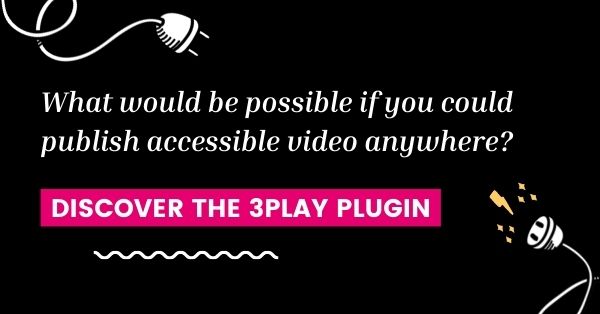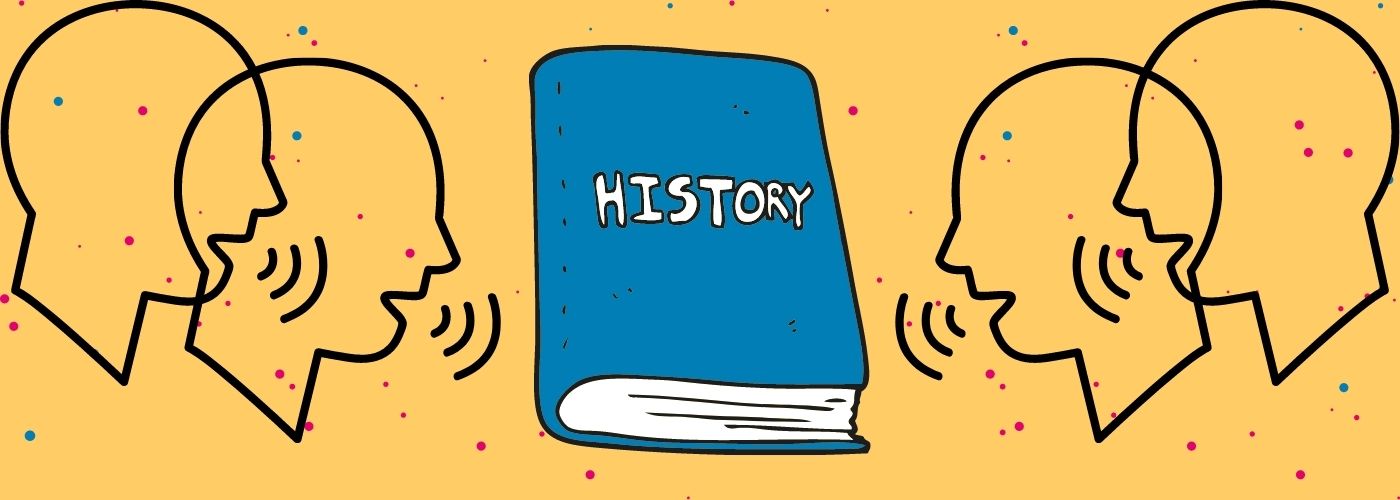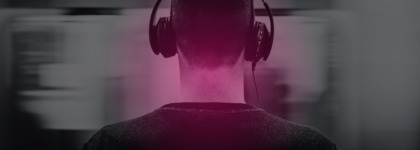Transcribing Oral Histories with 3Play Media
History can be told in many ways, but one of the most impactful methods is through oral history.
Oral history is a technique for preserving historical information through recorded interviews. In a typical oral history, an interviewer questions an interviewee and records their exchange in audio or video format to collect memories and personal commentaries of historical significance. Oral histories are often found in libraries or archives and may be used for research, exhibitions, documentaries, or publications.
At 3Play Media, we understand the important role oral histories play in documenting the past. Captioning oral histories accurately is critical to preserving and sharing firsthand recollections of some of history’s most significant times, such as the Holocaust and other genocides. We are proud to work with multiple oral history projects, including Yale’s Fortunoff Video Archive and MIT’s Infinite History, to provide captions and transcripts for their crucial work.
Why are oral histories so important?
While written and recorded histories are an important part of historical documentation, these records can limit whose story gets told.
For example, writers can often inadvertently emphasize their interpretations rather than their subjects’ voices. In addition, passing down written or recorded histories to new generations requires access to documentation tools, such as cameras, recording equipment, and books, and the ability to read and write.
Through oral history, subjects have a voice of their own. Interviewees can share interpretations and memories in their words, fill in gaps in documented history, and provide a fuller picture of the past. In some instances, an oral history may be the only source available about a particular topic, making its preservation that much more essential.
Read on to learn more about some of the oral history projects working with us to caption their testimonials with the highest possible accuracy.
Make video playlists interactive and searchable with the 3Play Plugin🔌
Yale’s Fortunoff Video Archive
Yale’s Fortunoff Video Archive for Holocaust Testimonies holds over 4,400 oral histories, comprised of over 12,000 recorded hours, of individuals with firsthand experience of the Nazi persecutions.
The Fortunoff Video Archive began in 1979, when the Holocaust Survivors Film Project started videotaping Holocaust survivors and witnesses. The original collection of testimonies was then donated to Yale University, and the Video Archive opened to the public in the early 1980s. Since then, the Fortunoff Archive has recorded, collected, and preserved thousands of testimonies and made its collection available to researchers, educators, and the general public.
Although the number of Holocaust survivors still alive today is disputed, all are elderly, and there are fewer and fewer with each passing year. Without oral histories to document their memories and lived experiences, we would not have firsthand recordings documenting one of the most horrific events in history. Oral histories help honor survivors’ lives and the brutalities they endured and helps listeners have a more nuanced appreciation of history and genocide.
To make their oral histories accessible for all viewers, The Fortunoff Video Archive provides closed and open captions on their videos. Accurate captions are critical to historical preservation, and we are proud to work with the Fortunoff Video Archive to help honor survivors’ and witnessess’ stories as they have told them.
MIT’s Infinite History
MIT’s Infinite History project is a video archive of interviews with alumnae, historical footage from MIT Museums, and recordings of lectures, speeches, and events.
The videos available on MIT’s Infinite History website are fully interactive and searchable through the 3Play Plugin. Viewers can browse collections, search for individual videos, or explore content using the transcript search feature, which enables them to jump to the spot in a video where a keyword appears. Viewers can also follow along with the video via a transcript, adding value to MIT’s videos and improving the user experience.
Transcribing oral histories
Without accurate captions, oral histories would not only be inaccessible for the over 430 million people with disabling hearing loss, but they would also be an inaccurate representation of interviewees’ memories. We’re proud to use captioning and transcription to help make oral histories accessible, searchable, and preservable for future generations.
Learn more about making videos interactive and accessible with the 3Play Plugin.






